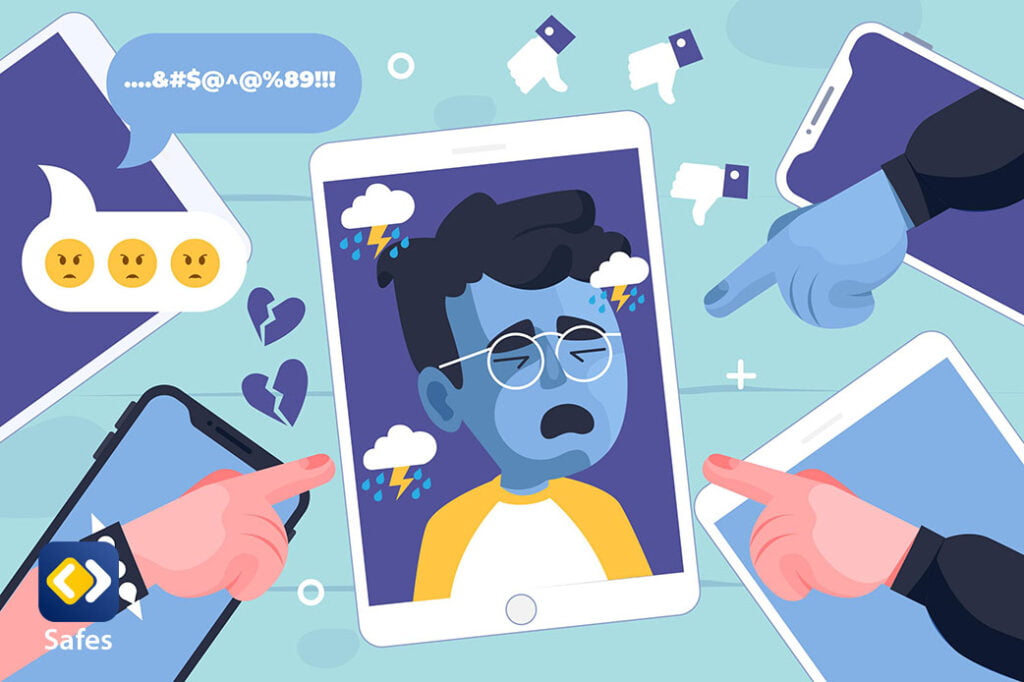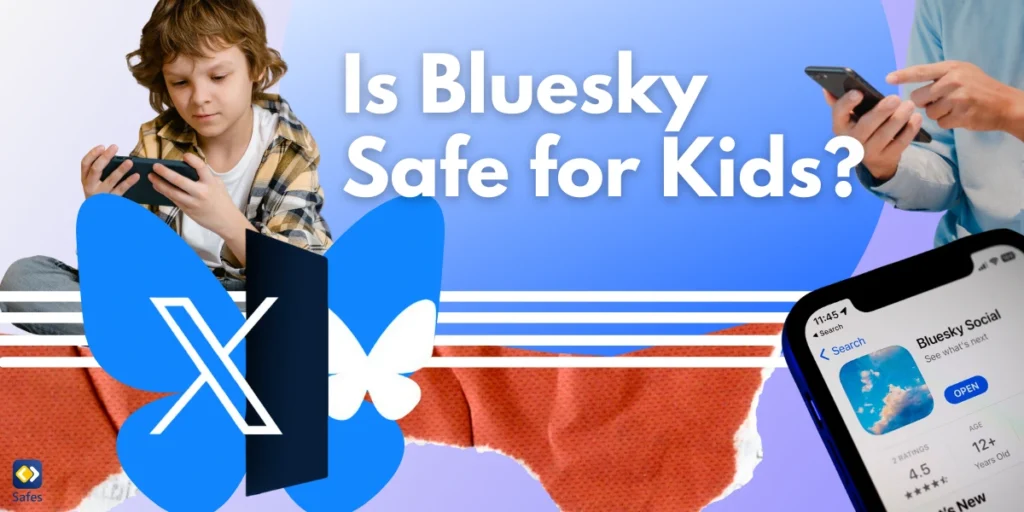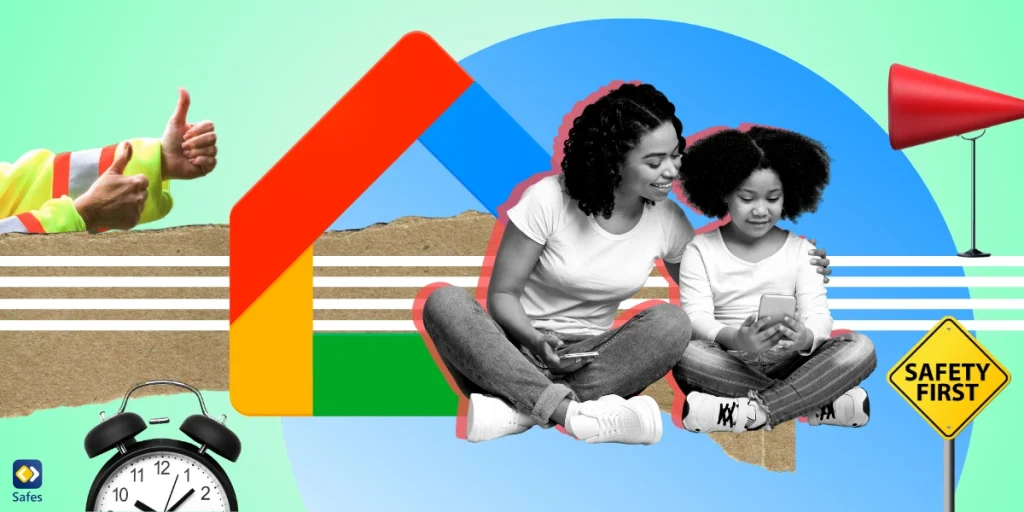Bullying is a repeated aggressive behavior done by a person in a position of power, who deliberately intimidates, abuses, or threatens another person in order to hurt them physically or emotionally.
Download and Start Your Free Trial of the Safes Parental Control App
Cyberbullying is the act of bullying done in the digital world. It happens through messages, emails, social media… anywhere and any time of the day, when young people have access to the internet and are online. Cyberbullying is a recent problem with the increased number of people using the Internet. Therefore it may remain not well understood. Some of the most important characteristics of cyberbullying are: being repetitive, being intentional, and the imbalance of power. The cyberbully makes use of digital technologies to harass, threaten, or humiliate someone else.
How cyberbullying on the internet is different than in-person bullying?
The internet is an increasingly important part of every day for people now. It’s a global network of billions of devices, connecting everyone all around the world and giving instant access to an enormous amount of information. To get to the internet world, all you have to do is click, go online and you’re there. Now think of bullying on the internet…
These are some of the aspects that make cyberbullying on the internet much more complicated and different than in-person bullying:
Being constant
Contrary to physical bullying, cyberbullying on the internet can happen anytime. The victim can be attacked or harmed whenever he is online. There is no limit to platforms or times a person gets cyberbullied.
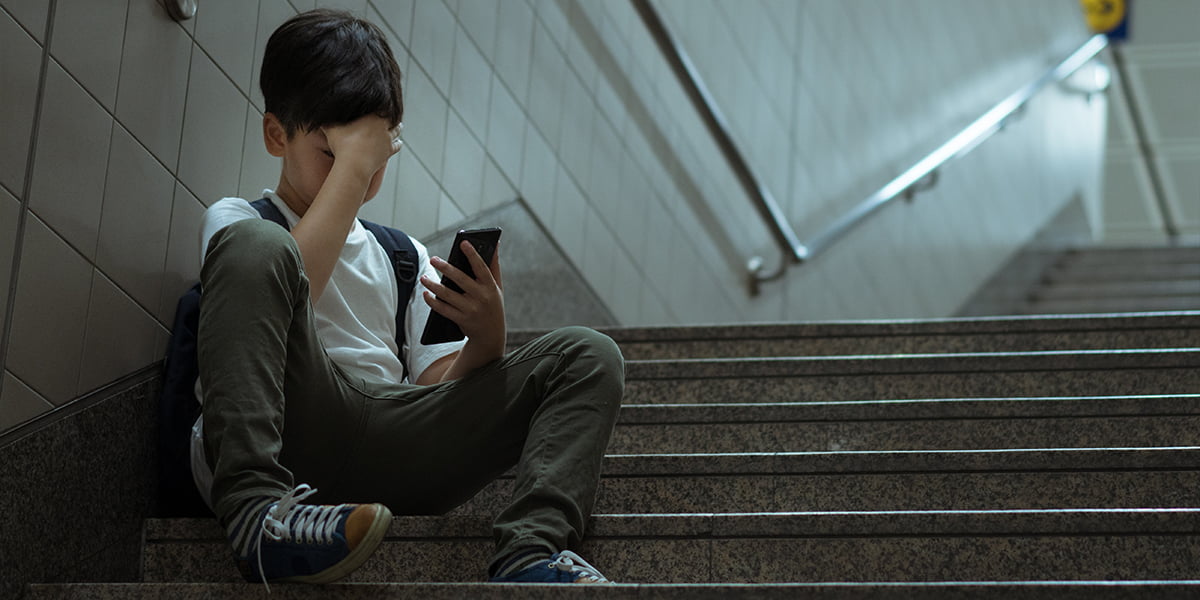
Anonymity
In cyberbullying on the internet the identity of the bully is often hidden from the victim as he can make fake identities (fake email accounts or social media profiles) this makes confrontation impossible and makes the victim feel powerless.
Lack of supervision
Even though some platforms have provided limits on the usage of certain words and pictures while online, there is still no supervision on texting or emailing. No one can block all the ways a cyberbully may attack the victim. According to Ditch and Label’s report in 2017, 78% of young people are using Instagram, and 42% of them experience cyberbullying there. It clearly shows that cyberbullies feel free to go after victims and harm them.
Being public and permanent
When it comes to cyberbullying on the internet, there is no way back. Once content, like a rumor or explicit picture of someone is out there and published, it can’t be unseen. Imagine sending a nude of someone in a group chat without their consent, even if deleted later, so many people may have seen it or forwarded it to others.
Feeling unsafe even at home
Unlike victims of in-person bullying, victims who are cyberbullied on the internet can’t run and hide in their houses or avoid the bully. Once they are online they can be targeted and harmed. They can receive messages without knowing how to stop them. Cyberbullying on the internet can increase insecurity and feeling unsafe for the victim.
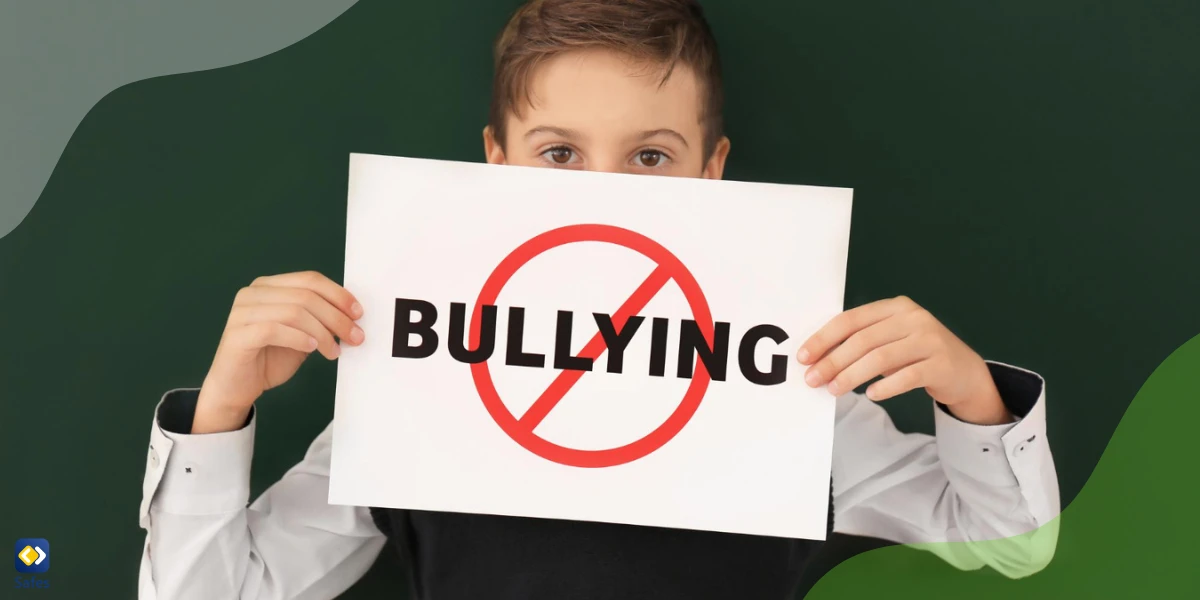
Cyberbullying on the internet happens on different platforms
There are so many apps and sites that are available freely and give people the ability to publish any content about anyone and do harm anonymously. These are some of the ways a cyberbully can do harm on the internet:
Unfortunately, Instagram has the highest rate of cyberbullying on the internet. It gives teenagers the ability to chat with people they know, meet new people, and catch up with their friends… on the other hand, according to a Pew survey, 59% of teenagers get cyberbullied on Instagram.
Facebook is also a new forum for bullies to do harm to the victims. Cyberbullying in Facebook can happen in the form of texts, pictures, videos, fake accounts… Mark Zuckerberg has formerly said “policing bullying is hard when the content is not clearly illegal”
Snapchat
Cyberbullies target their victims by sending them hurtful videos. They usually delete the video they have sent after it’s seen so there is no proof of their bullying.
TikTok
Hate comments are a serious problem in TikTok. Recently young TikTokers with over a million followers have been suffering from hate comments, insults, and shaming they receive alongside heart and fairy emojis.
Cyberbullying problems are so serious on Twitter that so many think it might bring the company down. According to the Pew Research Center, Twitter users face many forms of harassment as death threats and sexual abuse.
Other cyberbullying on the internet can happen in chatrooms, gaming sites, and emails.
Your Child’s Online Safety Starts Here
Every parent today needs a solution to manage screen time and keep their child safe online.
Without the right tools, digital risks and excessive screen time can impact children's well-being. Safes helps parents set healthy boundaries, monitor activity, and protect kids from online dangers—all with an easy-to-use app.
Take control of your child’s digital world. Learn more about Safes or download the app to start your free trial today!
